-
iestinstrument
Characterization Of High Nickel Ternary Gas Production Behavior
1. Preface
Among the many cathode materials, the high nickel material LiNixM1-xO2 (M = Mn, Co, Al, etc.) exhibits high energy density as well as good cycle life. However there is a decreasing trend in the market share of high nickel cathodes compared to LiFePO4 (LFP). One of the main reasons for this phenomenon is the poor safety performance of high nickel cathode at high state of charge (SOC) compared to LFP. Specifically, the poor safety performance of cathode is mainly due to two aspects: the exothermic reaction of the cathode in the charging state and the resulting thermal runaway of the battery, and the gassing reaction between the electrolyte and the cathode and the resulting increase in the internal pressure of the battery.
The gas production mechanism of high nickel cathode materials mainly consists of two aspects [1]: on the one hand, it is the decomposition of residual lithium (such as LiOH, LiHCO3, and Li2CO3) on the surface of the material, and the cause of residual lithium is mainly the instability of Ni3+ in air, and CO2 and H2O can react with the cathode to promote the formation of residual lithium and the NiO layer of rock salt; on the other hand, compared with the residual lithium gas production, the majority of the gases are generated from the oxidative decomposition reaction of the electrolyte. electrolyte oxidative decomposition reaction. For this reason, we can monitor the gas production behavior in-situ with the in-situ battery gassing volume analyzer (GVM2200) from IEST.
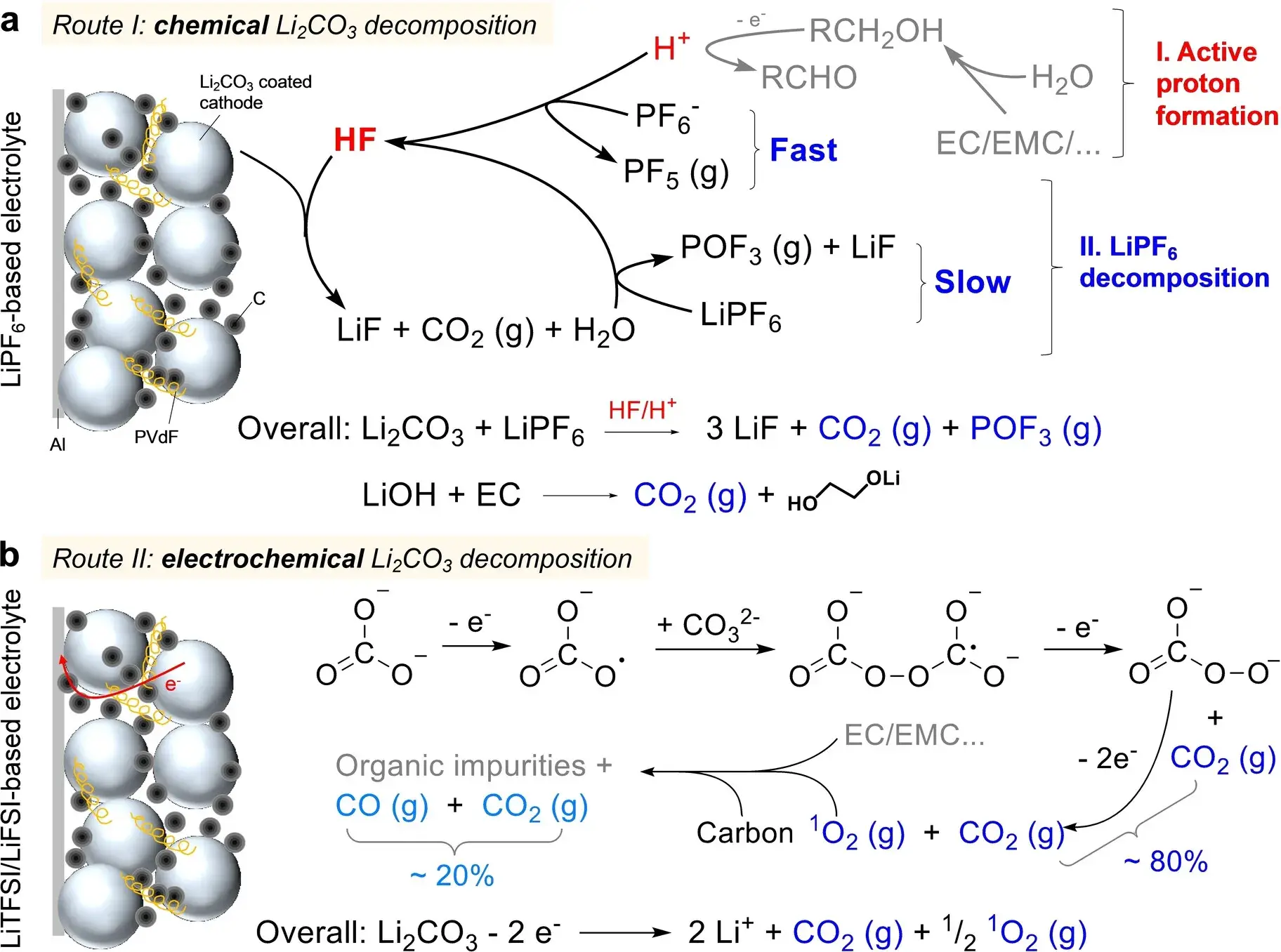
Figure 1. Schematic representation of the (a) chemical decomposition pathway and (b) electrochemical decomposition pathway for Li2CO3 and LiOH ¹
2. Test Information
2.1 Experimental instrument
In-situ battery gassing volume analyzer, model GVM2200.
 Figure 2. In-situ battery gassing volume analyzer, GVM2200
Figure 2. In-situ battery gassing volume analyzer, GVM2200
2.2 Cell information
Table 1. Cell Information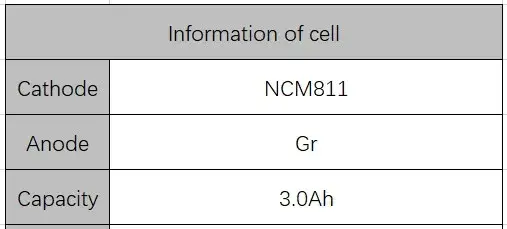
2.3 Testing process
Table 2: Charging and discharging steps

3. Experimental process and analysis
Two NCM811 materials with the same nickel content but prepared by different processes were selected, and the same anode materials and electrolyte were used to make soft-cells A and B according to the same core process, and the GVM2200 equipment was turned on, the test temperature was adjusted to 25°C, and the gas production behaviors of the cells were monitored with the two channels in situ.
The first-cycle behavior is shown in Figure 3. As the cell voltage varies, in-situ tracking reveals the corresponding volume change. Both cells exhibit the characteristic volume profile of high nickel ternary/graphite systems (see our article “Analysis of Cathode Expansion Behavior in Lithium-ion Batteries”). In addition, the volume decrease during the rest period after discharge may be associated with the relaxation of lithium-concentration gradients established during discharge and the dissipation of internal temperature gradients (see our article “Effect of Charge/Discharge Rate on Volume Change During Rest”).
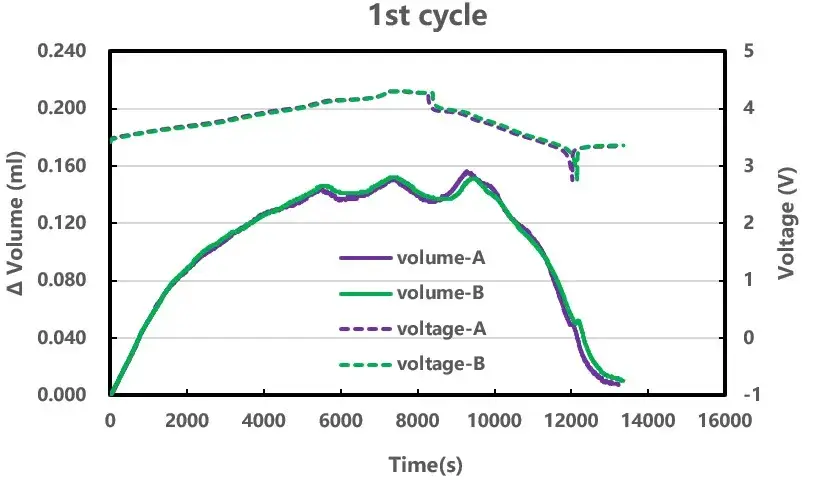
Figure 3. Cell 1st cycle volume and voltage change curve
Because single-cycle volume behavior shows no obvious differences between the two cells, we extended cycling; the results are shown in Figure 4. With continuing cycles, the cell volume exhibits a wave-like evolution. This may reflect re-absorption of previously generated gases as they re-enter subsequent reactions [2], and it may also be influenced by the reversible volume change of the graphite anode. Over a cell’s lifetime, multiple factors contribute to volume change, including phase transitions during (de)lithiation of active materials, SEI growth, and gas generation. To minimize confounding effects on the assessment of gas evolution, this study was performed at room temperature with a limited number of cycles, and volume differences were compared at identical states to isolate gas-evolution changes (see Figure 5). Across different SOCs, cell A consistently shows less cumulative gas generation with cycling than cell B, and this disparity grows with cycle number—indicating that processing route A outperforms route B.
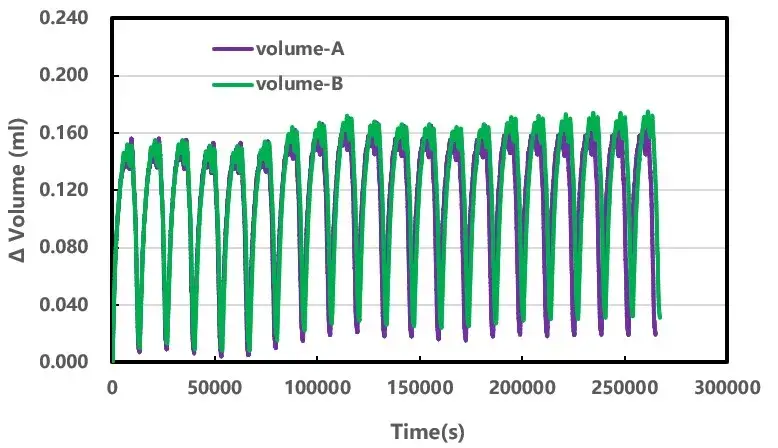
Figure 4. Cell volume and voltage variation curves
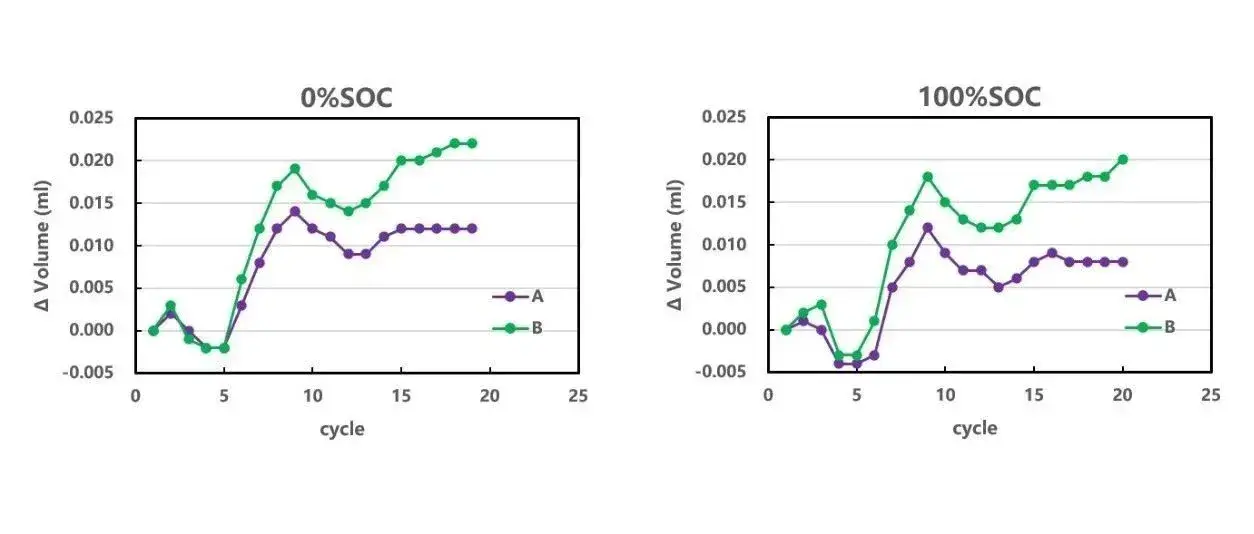
Figure 5. Variation of gas production of the cell with cycling
4. Summary
This experiment quantitatively evaluated the effect of different modification conditions of high nickel ternary materials on the gas production of the core using the in-situ gas production volume monitor (GVM2200) of IEST, which can provide a characterization method to evaluate the gas production of high nickel materials for the related technicians, which can help the development of high nickel materials as well as the improvement of the process, so as to prepare the materials with more excellent performance.
5. References
[1] Zehao Cui and Arumugam Manthiram*, Thermal Stability and Outgassing Behaviors of High‐nickel Cathodes in Lithium‐ion Batteries, Angew. Chem. Int. Ed. 2023.
[2] Xiaoyan Hu; Gas production study of high nickel/silicon-carbon lithium-ion batteries under high temperature conditions [J]; Battery Industry;2024
Contact Us
If you are interested in our products and want to know more details, please leave a message here, we will reply you as soon as we can.


